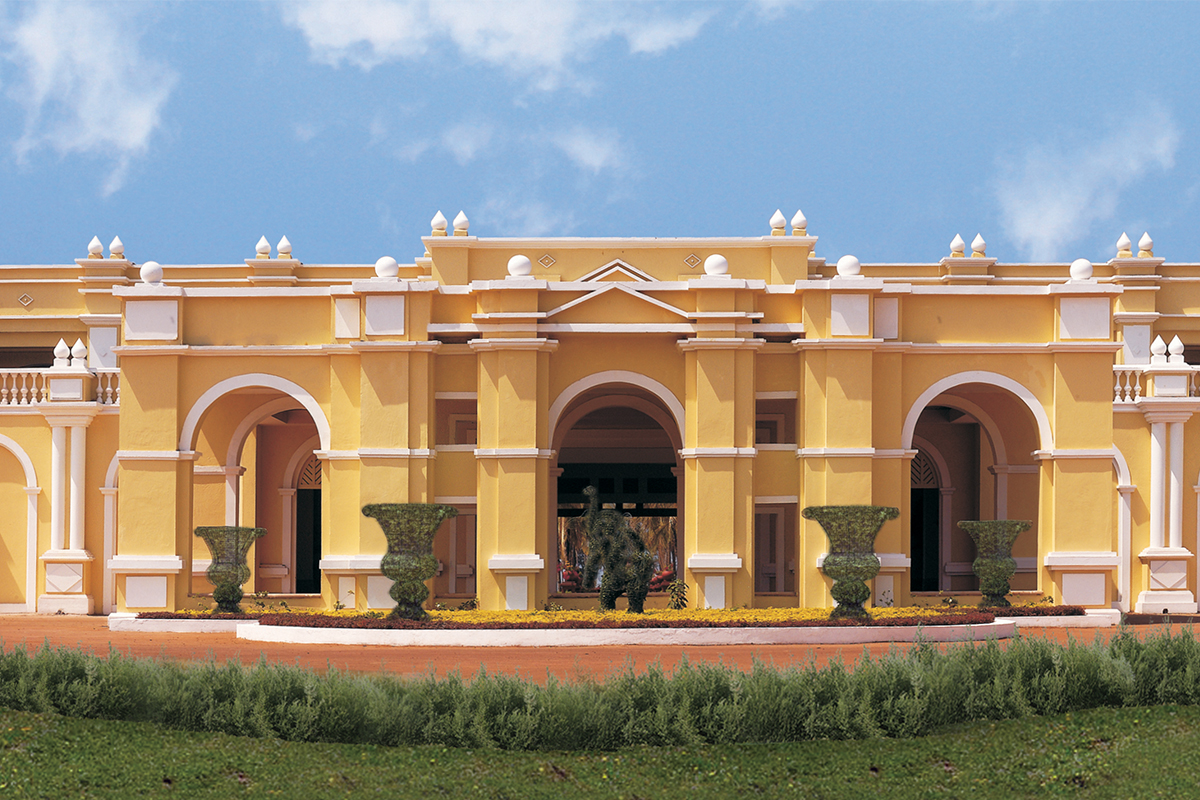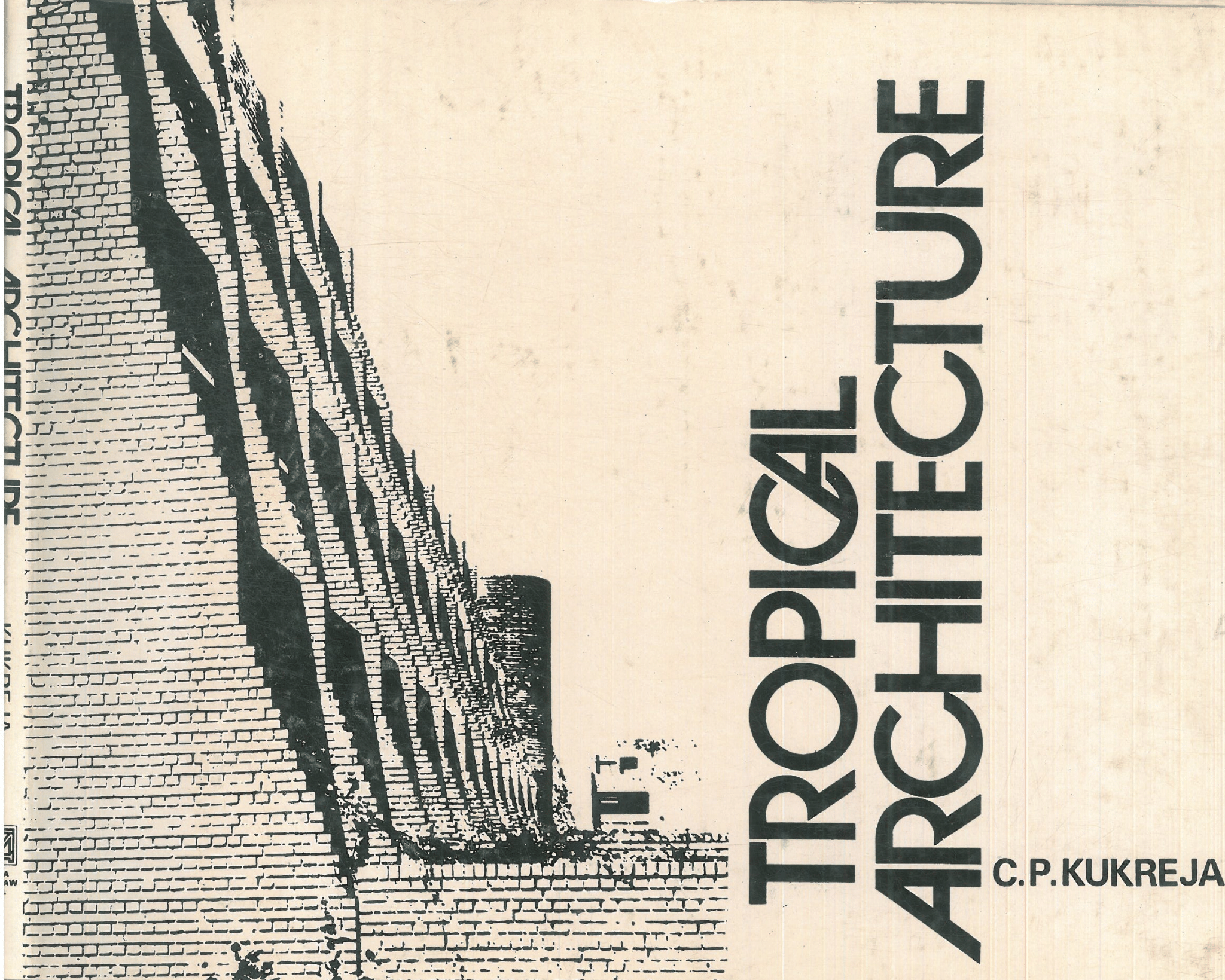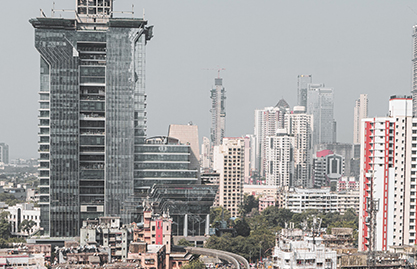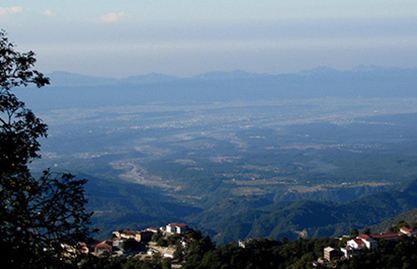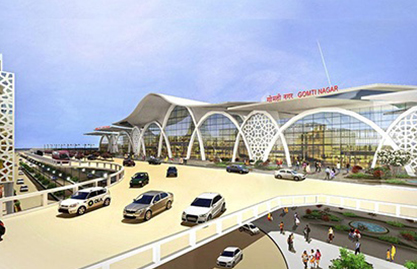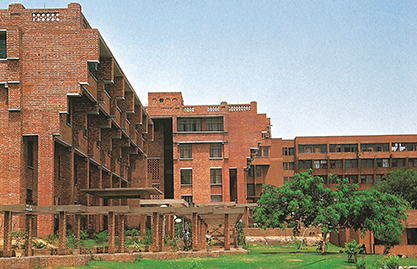Vernacularism in Hospitality Architecture
The scope of architecture in India is evolving fast. With the growth of industrialization and advancement in technologies, architecture firms across India have explored new styles and designs. Yet, when it comes to modern construction, even the best architects in India have drawn their inspirations from vernacular architecture and construction. Even in the 21st Century, vernacular architecture has remained extremely relevant. Even more so with the increasing irreparable damages due to climate change, regionalism and cultural building traditions are slowly being adopted for new-age constructions.
What is vernacular architecture?
The term vernacular architecture is used to describe a style of building that is modest and is particular to an age or a region. It mostly relies on local materials and best using them for construction in that area.
While most other architectural designs consist of a definitive set of rules and materials, vernacular architecture is not restricted by any such guidelines. Instead, it uses form, function and climatology as defining elements for designing, focusing less on rules or aesthetics. Architectural firms use vernacularism through designs and construction to reflect the cultural values, unique architectural patterns and styles particular to the region, helping them to celebrate local community and their ethics. For one of our projects in Goa, the Architects resorted to using conservation of the native cultural and architectural sensibilities. Design of the LaLiT Golf & Spa Resort Goa uses vernacularism as one of its strongholds by following a Baroque-Portuguese style. In doing the same, the design demonstrated a preservation of the urban character of the area whilst retaining an ecological balance. The design was also not kept restrictive which has allowed for the landscape, over the years, to seamlessly grow and compliment the design language of the built.
Furthermore, architecture firms in India are leaning towards vernacular architecture in recent years as it has many benefits - the raw materials can be sourced locally helping to cut down on costs significantly, unique designs, environment-friendly etc.
Useful Resources: Commercial Building Architecture | Best Hotel Design Architects in India
Sustaining vernacularism while designing hotel architecture
Due to the utilitarian aspect of vernacular architecture, it has become a frequently adopted practice for commercial projects especially for designing hotels in recent years. Post-Covid, for economies world over, energy efficiency through sustainable living is fast becoming a resolve for way forward. Vernacular architecture is an effective tool to establish a potential link between humans and their surroundings. In addition to promoting cultural identity, vernacularism also allows firms to design climate responsive architecture that can provide comfortable dwellings while considering natural influences like topography, weather, and climate.
The design for Lalit Goa harnesses local architectural techniques and includes design elements like spacious verandahs, huge arched openings, and pitched roof structures whilst allowing water as the ultimate entity, percolating into the fabric of the Resort and unifying it into a single harmonious ensemble. The climatological influence has been incorporated well into the design’s concept. The verandah space regulates passive cooling, supported by large spans of openings for the rooms. These openings are also an effective way to keep the humidification levels in the interiors in check whilst naturally ventilating the spaces. Respecting the loose soil conditions, the Architects resolved to expand the Resort horizontally, maintaining the height to two storeys.
Vernacular architecture in Indian hotel designs
At CP Kukreja Architects (CPKA), the intent has been to use the best materials in and around the site. The Architects have designed and led significant hospitality projects as hotel architects in Delhi, Goa, Srinagar, to name a few.
The blend of innovative design and eco-friendly, sustainable vernacular construction is reflected in CPKA’s over 1000 projects sprawled across 30 countries. Having redefined the scope of architecture in India through years of working with a multidisciplinary approach in urban planning and architecture master design, CPKA’s notable contributions in vernacular hotel architecture include The Monarch in Ooty, Westin Hotel Complex in Kolkata, the Unitech Club Patio in Gurugram, The Lalit Grand Palace in Srinagar, and Club Mahindra Pristine Peak Resort in Naldehra.
The future of vernacular designs in hotel architecture in India looks great, seeing how sustainability is being recognised and included as an important component not only by the designers by the visitors as well those working in the hospitality sector.


